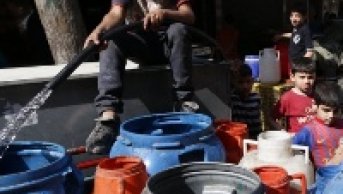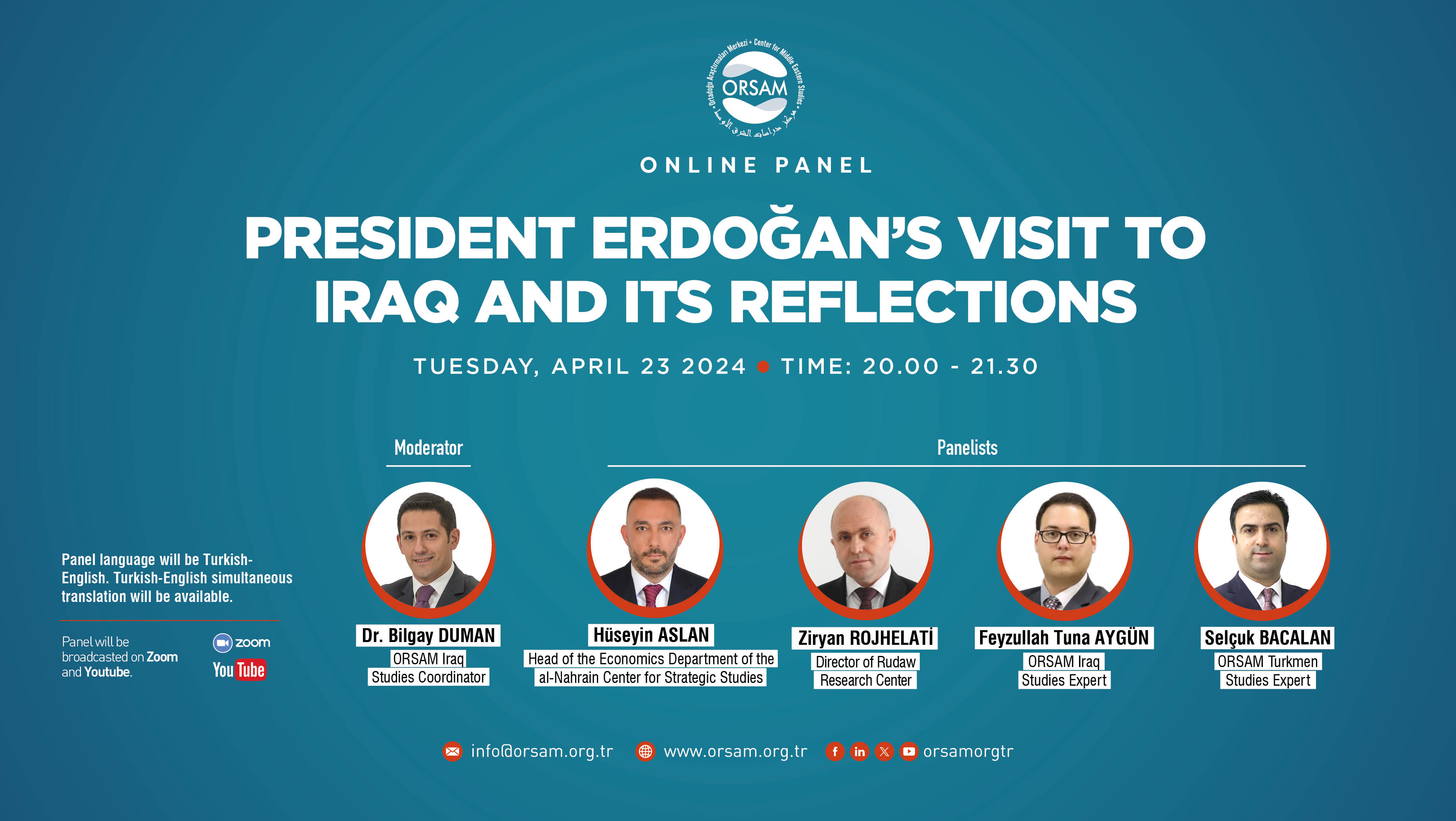United Nations Climate Change Conference Kicks off in Warsaw

The Intergovernmental Panel on Climate Change (IPCC) published its report, “Climate Change 2013: The Physical Science Basis,” in the first week of October.
The report states that the evidence for warming of the global climate system is unequivocal, especially since the 1950s, and accordingly, it is extremely likely that human influence is the dominant cause of observed warming since then. According to the report, water shortages and the number of people affected by these shortages due to the new climate conditions will increase. Rising water demand, especially in the semi-arid and arid climate zones, should be met by keeping records of the vulnerabilities caused by current climate change and through adapting the management of water resources to these new conditions.
Following the report, the UN Climate Change Conference was organized and began in Warsaw on Nov. 11. It will conclude on Nov. 22. The leaders participating in the conference, in which expectations are not high, are discussing how they can reduce greenhouse gas emissions by 2015. According to statistics from the World Bank, the global CO2 emission rate of developed countries, out of the world's total emissions, dropped in 1990-2012 from 69 percent to 41 percent, while the share of CO2 emissions from developing countries increased in the same period from 31 to 59 percent.
As scientists point out, the average global temperature has increased by around 0.8 degrees Celsius since the Industrial Revolution, and it is stated that this will increase to 2 degrees Celsius if carbon emissions are reduced or 6 degrees Celsius if measures are not taken. In order to keep the average global temperature increase under 2 degrees Celsius, the researchers also state that global CO2 emissions, which are set to be 50 gigatons per year by 2050, should be halved. Besides, the report notes that the global sea level has risen by 20 centimeters in the last century and that the rate of rise will further increase in coming years. It is expected to reach 45-82 centimeters in 2080-2100 if no further action is taken to curb emissions. If carbon emissions are curbed, the level is expected to stop at 26-55 centimeters.
The sea-level rise could inundate island states such as Micronesia, the Marshall Islands, Palau and Kiribati. The representatives of more than 190 countries at the conference, which concentrates on climate security for future generations, aim to fight against climate change more effectively and look to lay a foundation for a global agreement to be reached in time for the 2015 talks in Paris. Some scientists also argue that, in the agreement, each state should have the authority to set its own goals regarding CO2 emissions, since each state has different priorities.
Furthermore, the states are expected to create institutional support, offering financial and technological services, under the United Nations Framework Convention on Climate Change (UNFCCC) within the scope of the agreement.
Another important issue in the conference is that while the world's greatest producers of emissions, China, the US, the European Union and Russia, contribute to global climate change, smaller and poorer countries, particularly small island states which do not play a large role in climate change, are severely affected by it.
It is claimed that the agreement, which is expected to enter into force in 2020 and is the main goal of the conference, will not be concluded in Warsaw, but that Warsaw will be a phase in which new rules will be agreed on. In addition, it is stated that the process might be accelerated after the typhoon that recently hit the Philippines.









